 Once your organization reaches a tipping point, you’ll get a strong ROI from creating a Vendor Management Office (VMO).
Once your organization reaches a tipping point, you’ll get a strong ROI from creating a Vendor Management Office (VMO).
Although the tipping point varies by organization, Forrester reports that 39 percent of companies with at least 1,000 employees have a VMO, as do about half of companies with at least 5,000 employees.
An effective Vendor of Management Office
An effective VMO goes beyond basic procurement functions to deliver strategic value by optimizing vendor relationships. It also brings transparency to vendor evaluation and choice, making sure that your supplier relationships are based on value rather than history or sentiment.
When a VMO is truly useful, both the organization and its suppliers benefit. This guide will explain best practices for launching your VMO including advice on making the VMO business case, staffing the office with the right people, navigating supplier relationships, and measuring your VMO’s success.
Make the VMO Business Case
Thriving companies manage hundreds of vendor contracts and millions of dollars in spend. Creating a VMO will help your organization spend money wisely and get the most from vendor relationships. When you’re ready to pitch a VMO to management, use these points to build your case:
- VMOs save money by consolidating purchasing. By consolidating suppliers and eliminating inefficiencies, a VMO can help you drive spend to your most valued suppliers.
- VMOs cut costs associated with short-term or piecemeal deals. If your company is making last-minute purchases instead of conducting a thorough market review, a VMO will make your purchasing decisions proactive, not reactive.
- VMOs give your company more contract flexibility. With VMO personnel reviewing your contracts, you can get more flexibility from suppliers without sacrificing quality.
- VMOs give more structure to spending, saving, and reporting. In today’s data-driven business world, a VMO can manage the organization’s spend as a visible portfolio, allowing management to see the value it creates.
- VMOs monitor vendor performance. Dedicated VMO staff can effectively monitor vendor performance, ensuring that your company gets the most for its investment.
- VMOs reduce supplier risk. With VMOs monitoring not only service delivery but also vendor financial health, the company lowers the risk of service disruption if a vendor experiences financial difficulties.
Choose the Right Staff for your Vendor Management Office
After you receive approval to launch your VMO, it’s time to staff it with the right personnel. In addition to filling these core positions, assign administrative assistants who can support VMO employees.
Director
The director sets strategy and metrics for the VMO and handles executive-level relationships with suppliers. Your director should report to a C-level manager, such as the CIO, CPO or COO, to show suppliers that the VMO has executive support.
Sourcing Consultant
Sourcing consultants evaluate competitive bids and assess proposed vendors, focusing not only on price but also on whether the vendor can meet the organization’s needs. Staff your VMO with at least one sourcing consultant per 75 to 100 contract documents. Also, make sure that you have at least one sourcing consultant per $7 to $10 million in spend.
Vendor Manager
Vendor managers evaluate vendor performance and work with vendors to increase their effectiveness. They bear ultimate responsibility for ensuring that vendors deliver high-quality, cost-effective service.
Value Initiatives Project Manager
In the VMO, the value initiatives project manager conducts marketplace research and develops purchasing strategies that can increase the value an organization receives from its vendors. This person also manages transitions between vendors, identifying replacement vendors and developing exit strategies when needed.
Transactional Purchasing Manager
The transactional purchasing manager handles everyday purchasing transactions. This manager also communicates with the values initiatives project manager to identify ways to increase ROI.
Help Suppliers Navigate the Transition
When suppliers grow accustomed to certain procedures and points of contact, they might resist having to do business with your VMO. Sometimes, they look for workarounds instead of honoring the new process. One of the best ways to secure supplier buy-in is to demonstrate executive support for the VMO. Executive support sends a signal to vendors that your organization is serious about vendor management.
Your office needs the authority to manage vendors up or out. It’s crucial that suppliers know they can’t go around the VMO to continue old relationships within the company. A major benefit of setting up a VMO is that it brings transparency to vendor relationships. Instead of continuing relationships that are no longer productive, your VMO can provide data-driven justification for switching providers.
In most cases, suppliers who want to work with your organization will adjust to the change. Make any procedural changes as clear as possible, devote time to supplier questions, and work hard to establish rapport.
Measure VMO Progress
Too many VMOs launch without defining the problems they’re created to solve. As a result, the director doesn’t create the right success metrics, and momentum fizzles after the office scores some initial easy wins.
Before you launch, identify your VMO’s primary objectives, which can include goals like cost savings, improved vendor delivery, standardization of procedures and financial transparency. Choose measurements that will demonstrate how well you’re meeting those goals, and discuss progress regularly with your team. Also, remember that visibly demonstrating effectiveness is essential if you want to maintain executive support. Don’t hesitate to promote awareness of how your VMO is creating value.
Dedicated to Your Success
No matter where you are in the VMO creation process, Rafael Marrero & Company can help. Call us today at 1-888-595-6221 to speak to a consultant that can help you supercharge your vendor management, or email us: rafael@rafaelmarrero.com. We can help you launch your Vendor Management Office and Get It Right the first time!
Rafael Marrero & Company is an Inc. 500 Honoree, and one of America’s Fastest-Growing private companies. The firm was also recently recognized by the Florida State MSDC as MBE Supplier of the Year (SOTY) in 2016.
A Rafael Marrero & Company White Paper and Startup Guide: How to Launch a Vendor Management Office and Get it Right the First Time! by Rafael Marrero, Lean Six Sigma Master Black Belt (LSSMBB), and Garry Hill. Copyright 2015-2016.
Rafael Marrero & Company is a Better Business Bureau (BBB) Accredited Business with an A+ business rating.


